The Crippler is a Colorado-style gravel road ride that will provide AMAZING scenery with panoramic views while simultaneously pushing your limits for climbing and descending. The Crippler is 67 miles with a total of 8,335 feet of elevation gain and loss. Here’s an interview with the race director to spill more about this cool event!
So what makes it a “Colorado-Style” Gravel Grinder?
When you think of Colorado, most think of mountains. This race takes you for a tour of the Colorado Front Range Mountains. It starts in the High Desert where you may pass rattle snakes, cactus, tumble weeds and you travel up a mountain valley through increasingly Alpine terrain – where Colorado’s signature golden aspens should be in full vibrancy on race day. You’ll pass historical mines, bridges, towns, that all harken back to the biggest Gold Rush in US history, and you’ll reach vistas filled with layers of mountain ranges in the near and distant horizons. Everything about this gravel grinder is “Colorado.”
Crippler Promotional Video
Then to top it off, racers will experience a true Colorado mountain ride where the first half is ALL up, and the last half is nearly all down. That’s what most Front Range Mountain rides are like… you’re literally climbing up the giant base of what eventually becomes Pikes Peak until you turn and ride home.
Why is it named the Crippler?
It’s definitely a play on words. We love the history of the area. Cripple Creek was the biggest Gold Rush towns of their day. It’s hard to imagine, but at the city’s peak, it had 35,000 residents! And it was a wild town. Gambling, shootings, bombings, robberies, brothels. You name it.
The other meaning is what you probably guessed: That climb hurts. I call it a “butt-buster” because by the end of the climb you’re counting every tenth of a mile to try to stay motivated. My husband has attempted the climb twice and has puked both times. It’s definitely a tough climb. At first, you’re like, “oh this is nothing… it’s barely an uphill gradient at all,” – but it JUST…KEEPS…GOING. I can attest to it: The top is up there! Just keep pedaling! You’re butt and legs will be sore, and you’re guaranteed to be walking a little unusually the next day, you may benefit from one of our trophies (they’re cane shaped).
Why is it named Phantom Canyon Road?
Phantom Canyon Road is the road you’ll take up the mountain for the first half of the trip. It’s said that the ghost of an executed prisoner from the 1890’s wanders the canyon at night. I’ve ridden the canyon at night. No phantom so far, but it can definitely feel eerie when alone and dark.
Why is it named Shelf Road?
Shelf road is the road’s name that you’ll descend. It was an old Stagecoach road. And you’ll see. It’s incredible. The road is cut into the canyon walls and at times feels like a literal shelf hung hundreds of feet above the canyon floor—with no rails. Make sure your brakes are working! I can’t imagine what the stagecoach travelers thought about it… and what’d they do when one stagecoach met with another and they had to pass each other?! Eeek!
I hear the finish is at a Wine Festival?
So every year, the Canon City Winery at the Holy Cross Abbey has “crush”, where the winery crushes the grapes for all of their different wines. It’s a big local celebration. One of the winery’s wines each year, the Winery Canon Harvest, is created from all the locals’ contributed grapes to that year’s wine. I think that’s a neat local tradition. In addition to that, they invite all sorts of vendors and bands out for the weekend, so it’s a big Harvest Festival that’s pretty fun for everyone. I’d definitely recommend coming for the whole weekend with the family if you can. It’s a great destination race. You’ll be able to finish with our post-race brews, winners will be awarded wines, and you can enjoy even more fun, food, music and wine at the harvest festival after your finish.
You mentioned the historical scenery. What will a rider see on The Crippler?
This area was first explored by Zebulon Pike and his men. “Ol’ Zeb” is the same guy who eventually named Pikes Peak after a couple unsuccessful attempts. They are said to have gone up the valley the racers will be coming down as the racers return to the finish. To be in the same place as these historic explorers is a pretty awesome experience.
Then later, came the Gold Rush. The route up the mountain is called Phantom Canyon Road which used to be an old railroad grade for gold and coal hauling trains to the booming towns of Cripple Creek and Victor.
Along Phantom Canyon Road, you’ll pass over the Adelaide bridge. It’s a really pretty old wooden and iron trestle bridge that was originally all wood. But the wooden bridge burned in 1897… and because the mine owners were REALLY motivated to keep their gold and coal trains going, the rebuild of the existing bridge only took a week following that burn! To me, that’s a crazy fast time to build a steel and wood bridge of that size, in the middle of nowhere with no significant machinery to assist with the build.
When you reach Victor, Colorado, be sure to notice all of the old mining equipment and machinery as you ride by. It’s really incredible and then you’ll pass the existing mine in between Victor and Cripple Creek. It’s still churning out gold today in apparently massive quantities. To me, a mountain lover, the operating gold mine is a sad sight, but still incredible because of the sheer magnitude of the operation.
Then, you’ll head down Shelf Road. My favorite feature on this whole ride is Window Rock. You’ll know it when you see it. Even though it somehow looks man-made, it is a natural feature that eroded from wind and water and is said to be made of 1.7 billion year old granodiorite.
And since we’re on the topic of old, also on Shelf Road you’ll pass Garden Park Fossil Area where a school teacher discovered many bones of dinosaurs in 1876 that are now displayed in the Smithsonian and Denver Museum of Natural History.
Shelf Road was built in 1892 for the passage of stagecoaches to and from the sprawling boom town that was Cripple Creek. There were as many as 16 stage coach trips per day on that road hauling passengers. It was a tollway and there were toll keepers at the upper and lower toll gates of the canyon, and you had to pay at both if you wanted to arrive at your destination. Racers will pass the lower toll keeper’s cabin in the canyon bottom during their descent.
Anything else you’d like to tell people?
Come out! It’s well worth it! It’s one of the most gorgeous and epic gravel grinders you’ll likely ever do. That’s why we’re hosting the race… because we think it’s worth sharing. If you want to register go to the Journey Racing website: www.myjourneyracing.com and register online (use code GRAVELCYCLIST to save some $). Hope to see you there! And until then, Journey On!


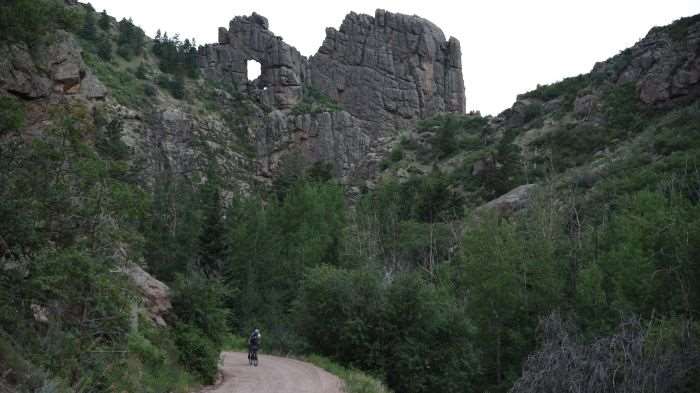
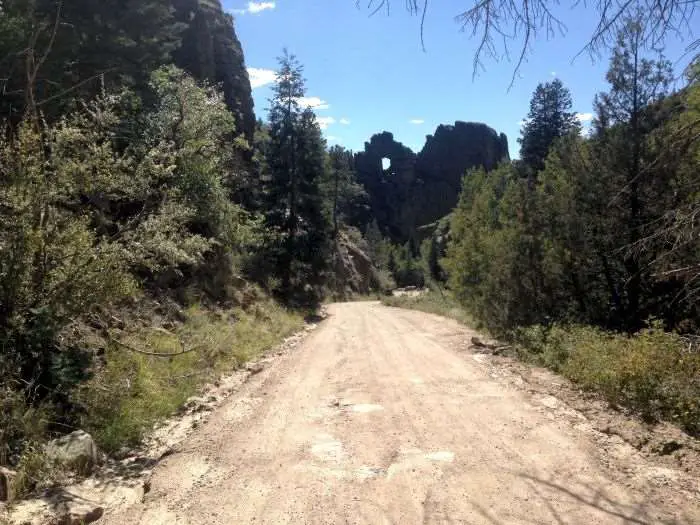
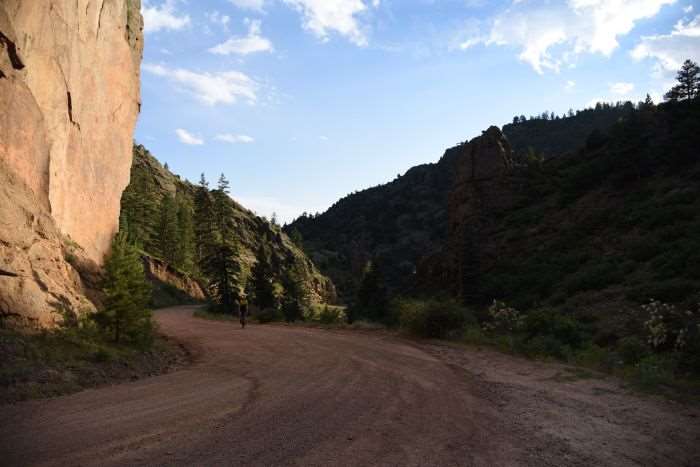
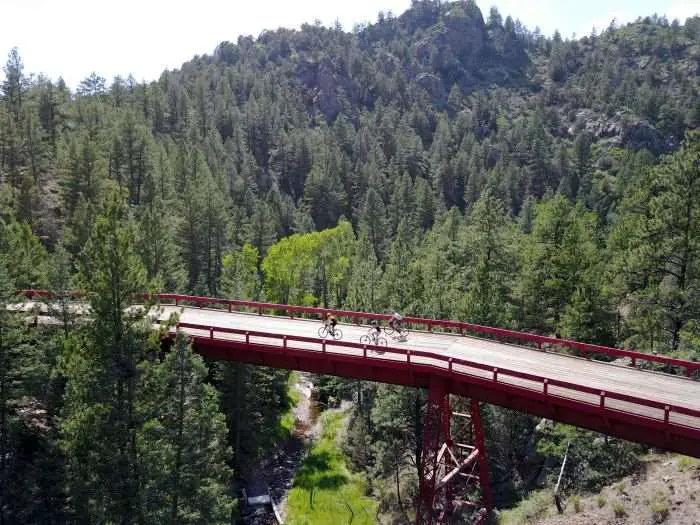
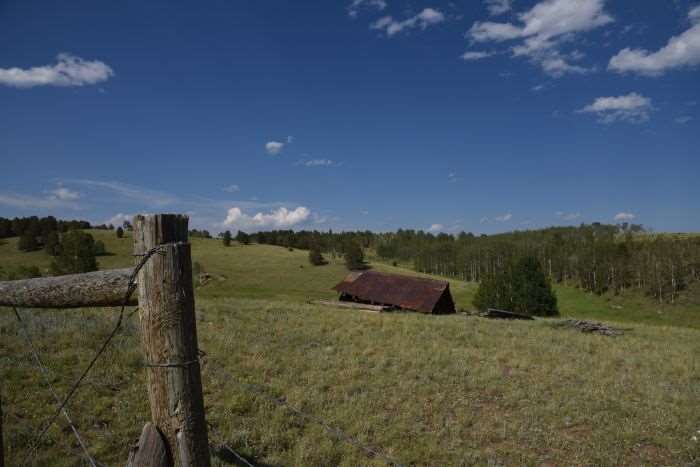
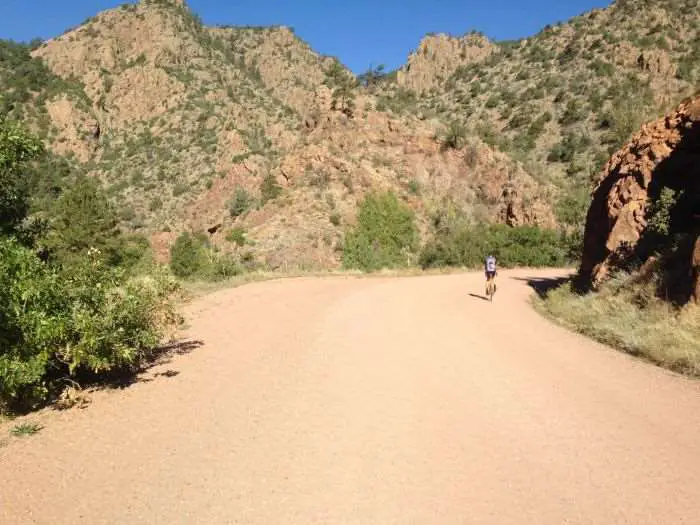
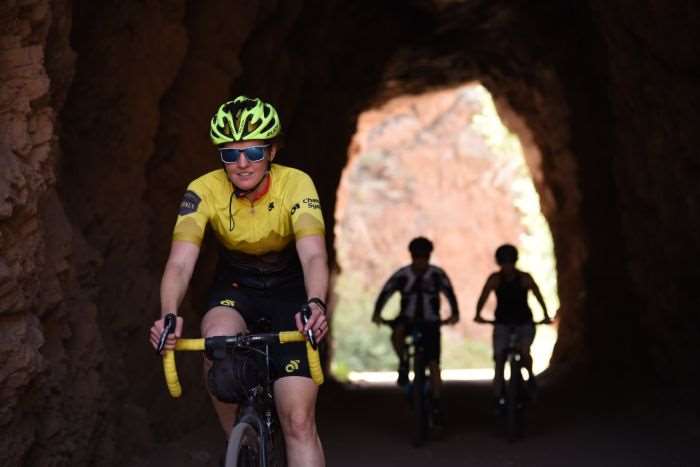
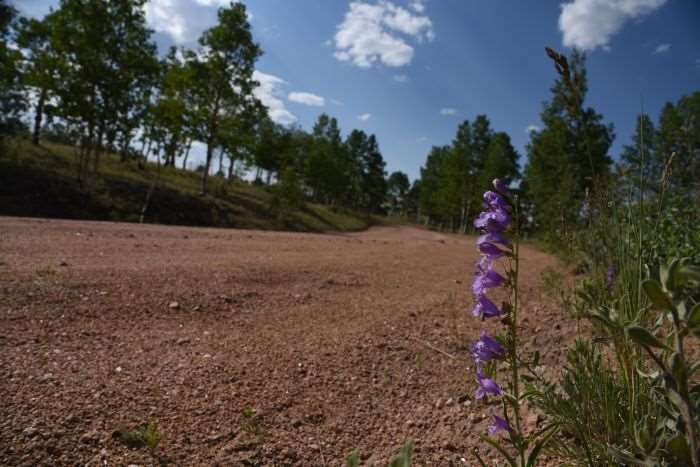
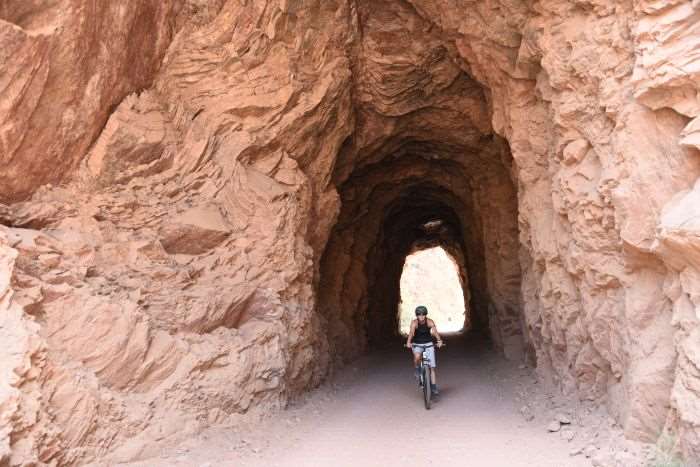
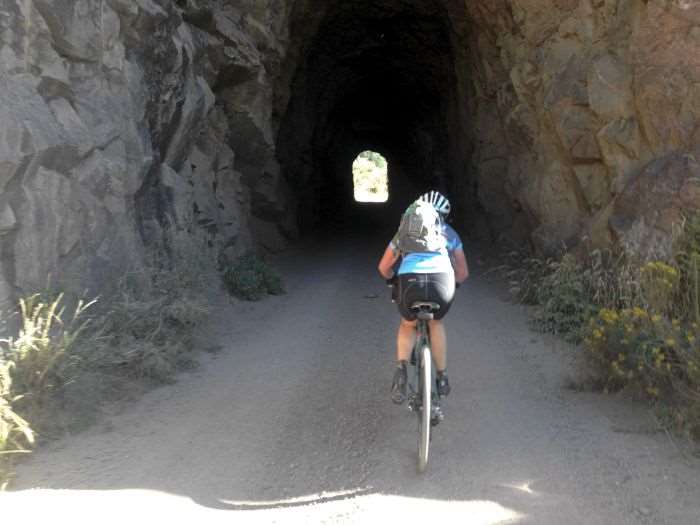
wow–looks awesome! thanks for posting article.